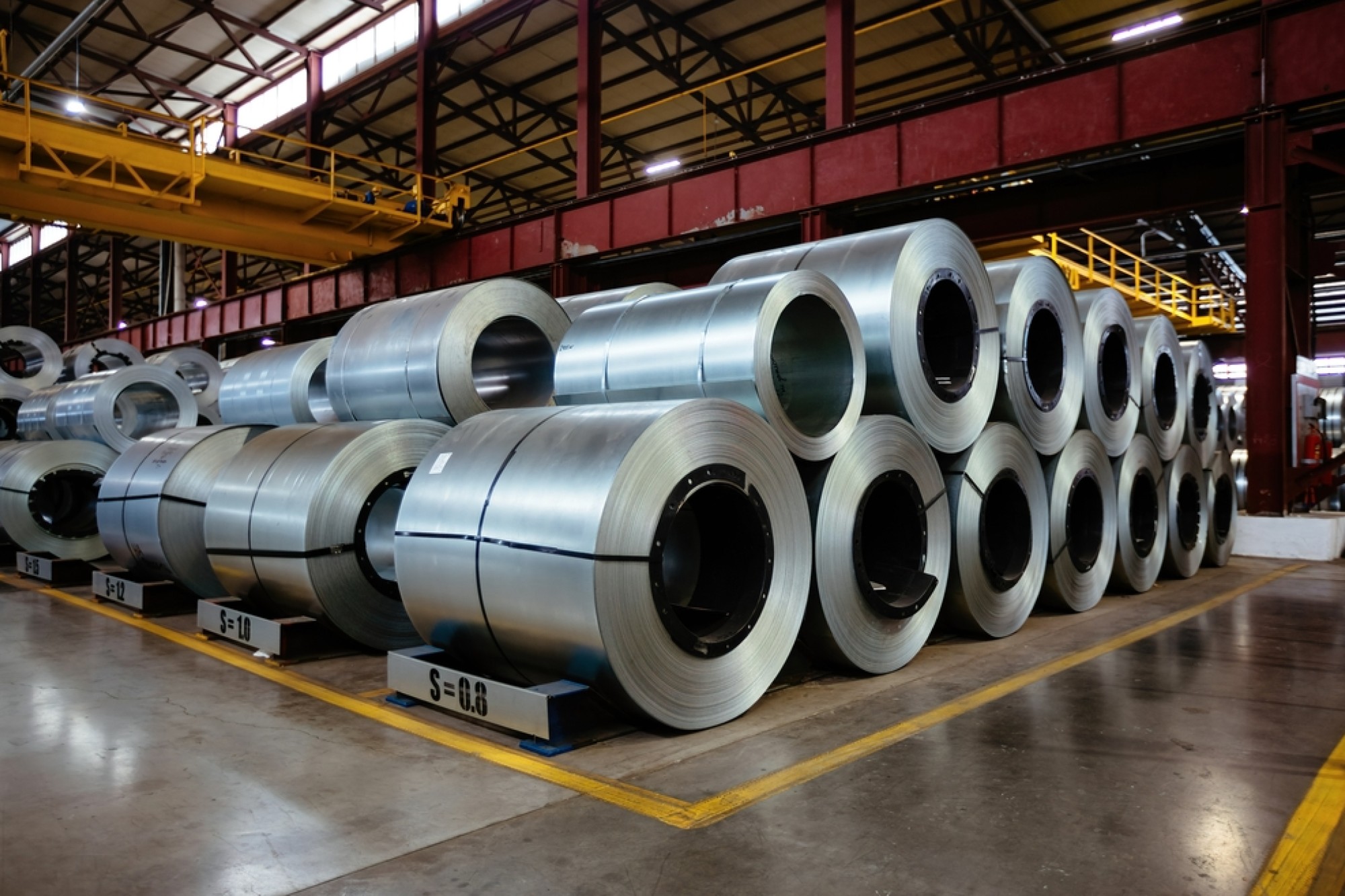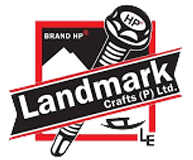Automated windows and doors for energy optimisation
By Staff Report | December 27, 2024 5:52 pm SHARE

Recent advances in doors and windows have emphasised energy efficiency, sustainable materials such as recycled aluminium, smart home integration, and personalisation, resulting in more excellent insulation, airtightness, and eco-friendly designs in modern architecture.
How are the latest innovations in doors and windows enhancing energy efficiency in modern buildings?
Recent advancements in doors and windows have substantially increased the energy efficiency of modern buildings, reducing energy consumption, increasing comfort, and lowering expenses. These developments are due to discoveries in materials, design, and technology that work together to improve insulation, manage air leakage, and optimise natural light.
Air tightness and weather sealing are important areas for innovation. Modern windows and doors now feature improved weather stripping, which uses high-performance seals and gaskets to construct airtight barriers that limit drafts and prevent heat loss. Furthermore, compression seals, commonly used in high-performance doors, ensure a tight fit when closed, reducing air leakage and increasing energy efficiency.
Energy-efficient door designs have also progressed, with insulated doors gaining popularity. These doors use insulated core materials like polyurethane or polystyrene, which improve thermal performance. Another trend is adopting air-lock entry systems, which open doors into a tiny vestibule or buffer space, reducing direct heat transfer between the inside and external environments.
Smart home integration is yet another disruptive innovation. Automated windows and doors can vary their position based on exterior weather conditions, or they can be opened at night to provide passive cooling, minimising the need for air conditioning or heating. Smart sensors built into windows and doors may monitor temperature and humidity levels and automatically close them during rain or extreme weather to save energy.

Materials such as aluminium increase energy efficiency through improved insulation and are compatible with environmentally friendly building practices, promoting sustainability goals.
How are sustainable materials reshaping door and window manufacturing, and how do they compare environmentally with traditional materials?
Alumil’s Loop 80 is a new milestone following the success of Loop 60, which was launched in 2023 with 60 percent recycled content. By the end of 2023, we had exceeded expectations, with 67 percent recycled aluminium certified by TÜV AUSTRIA. Loop 80, with 80 percent recycled content, assists high-spec projects aiming for LEED and BREEAM certification, demonstrating our commitment to sustainability.
This transformation has major environmental benefits, including an 87 percent reduction in CO2 emissions over basic aluminium manufacturing. We save energy and raw materials while reducing our carbon footprint by reusing aluminium and minimising bauxite extraction.
Our commitment to sustainability extends to the REcAL project, a €10.6 million Horizon Europe effort that will revolutionise aluminium recycling. As one of 19 partners, we promote the circular economy and strengthen our green ideas.

Loop 80 illustrates our commitment to sustainability, enhancing quality of life and promoting a greener, more sustainable future.
How do evolving design trends influence door and window customisation, and how do they impact consumer preferences and market competition?
Evolving design trends greatly impact door and window customisation, affecting consumer preferences and driving market rivalry. As aesthetics, functionality, and sustainability improve, manufacturers change their offerings to meet evolving expectations.
Custom designs and styles: Customers increasingly seek doors and windows that represent their personal preferences and complement their home’s distinct character. This demand for custom designs that provide versatility in shape, colour, material, and finish has increased. Customers can bring their dreams to reality through customisation, which ranges from minimalist contemporary to classic or rustic themes. Manufacturers that provide a high level of customisation acquire a competitive advantage in the market.
Minimalism and Clean Lines: Modern designs with clean lines and inconspicuous frames are becoming prominent, especially in current architecture. Frameless or narrow-frame windows, bigger glass panels, and sliding or folding doors all contribute to smooth indoor-outdoor transitions. To address the demand for high-performance, visually appealing products, manufacturers must innovate in material strength and durability while keeping slim profiles.

Natural light and outdoor connections: As people want more natural light and stronger indoor-outdoor connections, there is a growing demand for larger windows, bi-fold doors, and floor-to-ceiling glass. Custom glass alternatives focussing on solar heat gain and glare reduction are also in demand. Manufacturers are building bigger systems with high thermal performance to accommodate open-concept designs that maximise light and vistas.
Colour trends and hardware customisation: There is a growing need for various finishes and colour options for doors and windows that suit both interior and exterior design. Matte blacks, earthy tones, natural wood treatments, and bespoke coatings are all popular options. Hardware customisation, which includes handle styles and finishes, is also gaining popularity. To differentiate themselves in a competitive market, manufacturers are innovating to offer additional hues, textures, finishes, and a high level of personalisation.
For more information, visit: https://www.alumil.com/india/homeowners
Cookie Consent
We use cookies to personalize your experience. By continuing to visit this website you agree to our Terms & Conditions, Privacy Policy and Cookie Policy.






































































